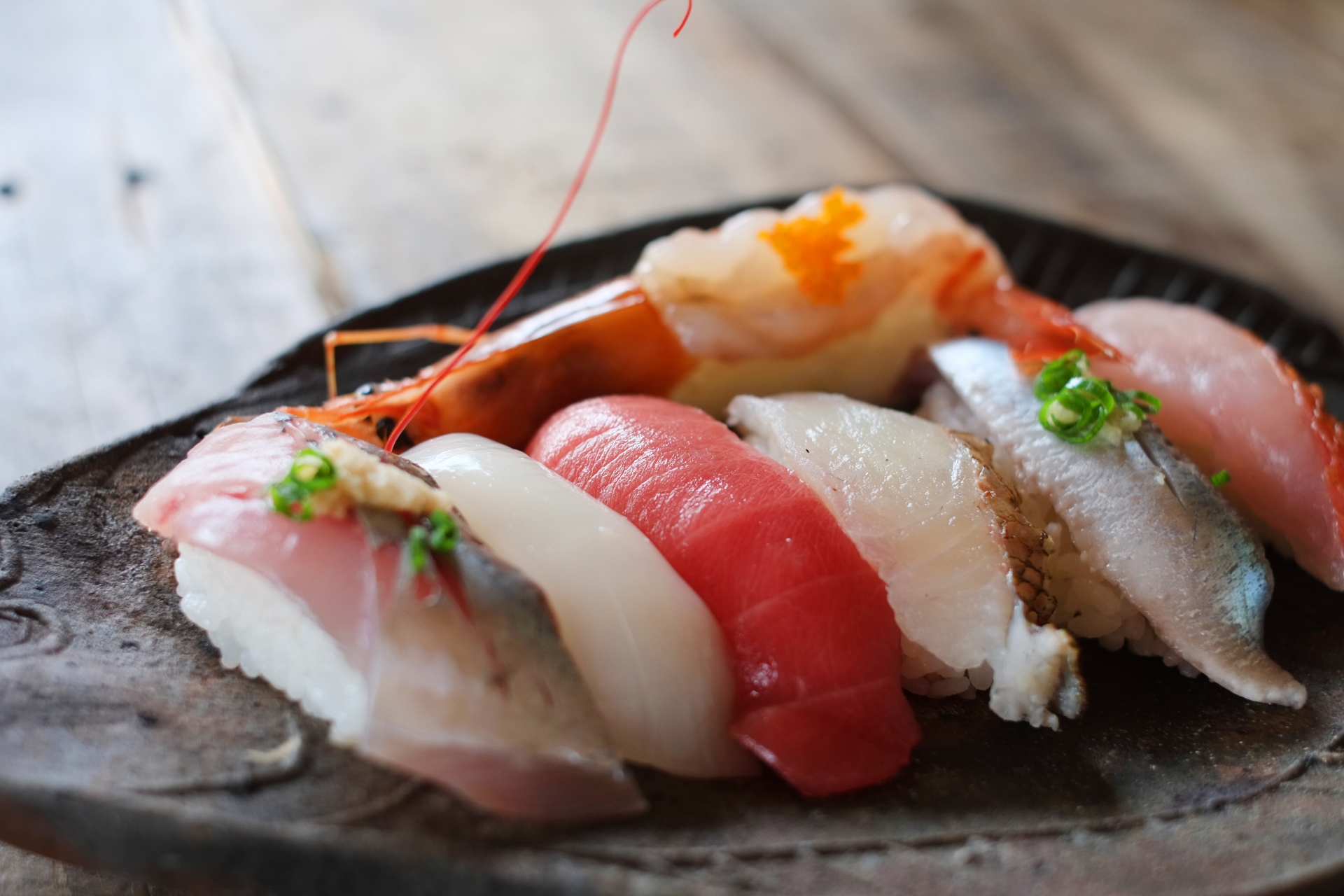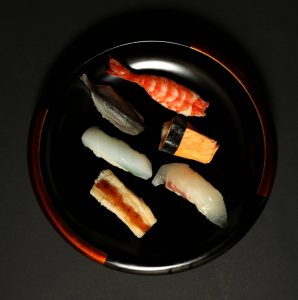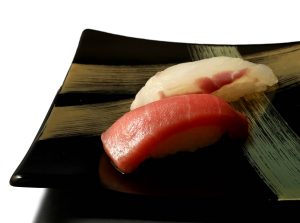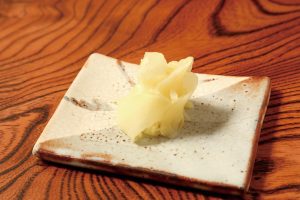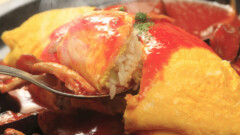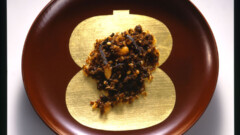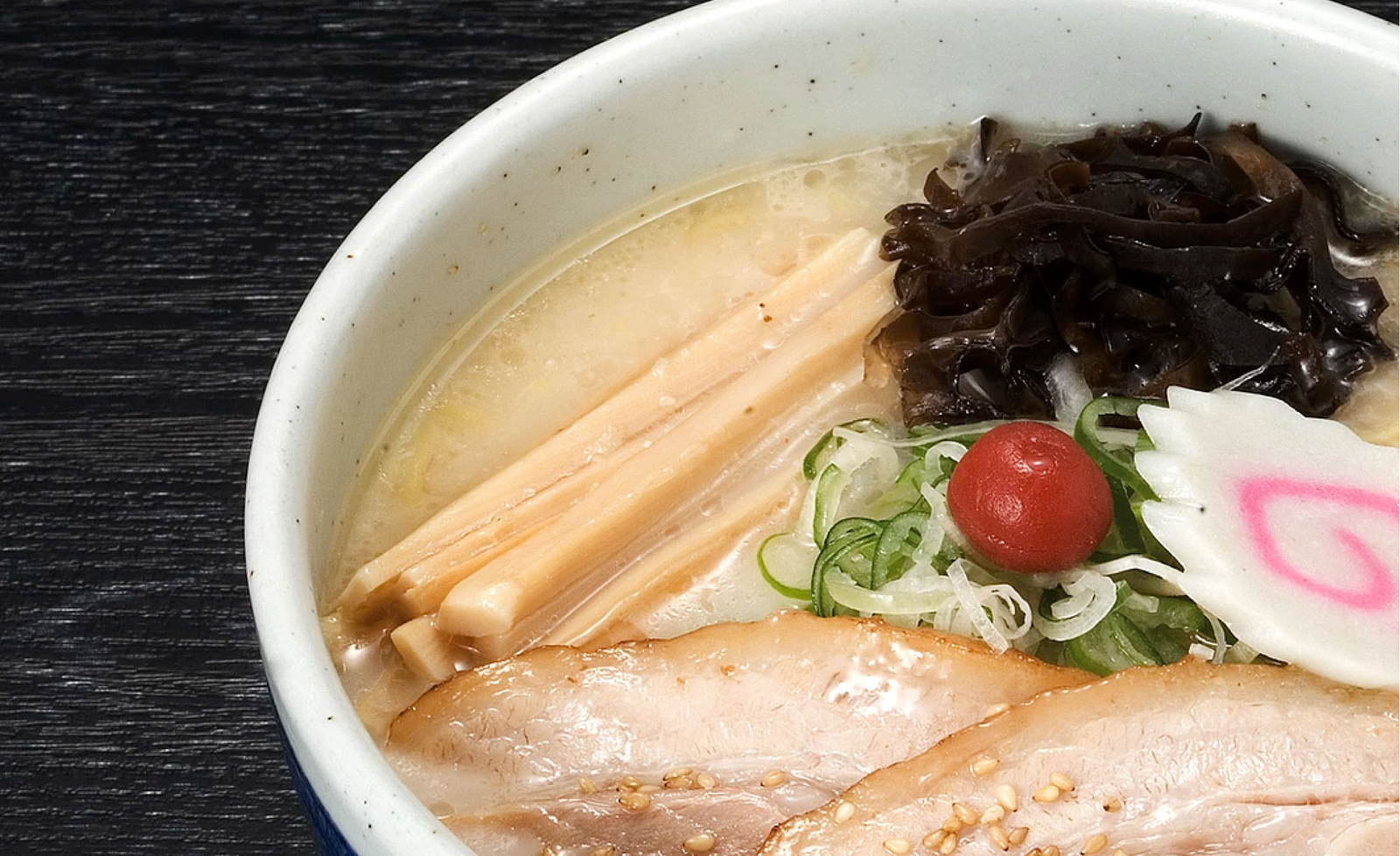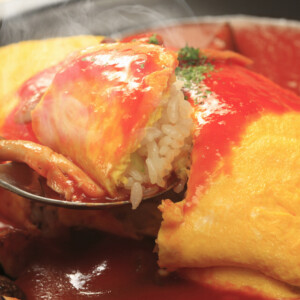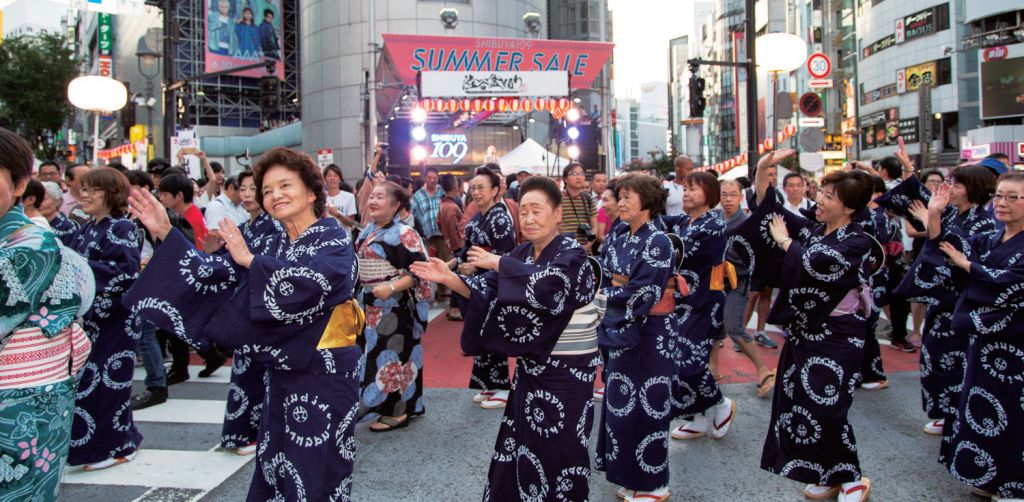Sushi is the original fast food. About 200 years ago, in the Edo Era, people would eat it s tanding up — a quick snack during a busy day. It was even said that you could tell the most popular sushi restaurants by the marks on the noren curtain hanging by the front door. People would eat sushi with their hands, then touch the noren on the way out , leaving smudges.
We’ve come a long way from smudged curtains and standing room sushi. Today’s sushi restaurants typically are high-end, expensive destinations. We’ll easily drop $100 per person and often much more at the best sushi restaurants. But how much do we really know about sushi and how it has evolved over the decades? Are we getting our money’s worth, or would a deeper knowledge of sushi culture and etiquette enhance our experience? If you believe the latter, then read on as we answer some simple questions and dispel some myths about sushi.
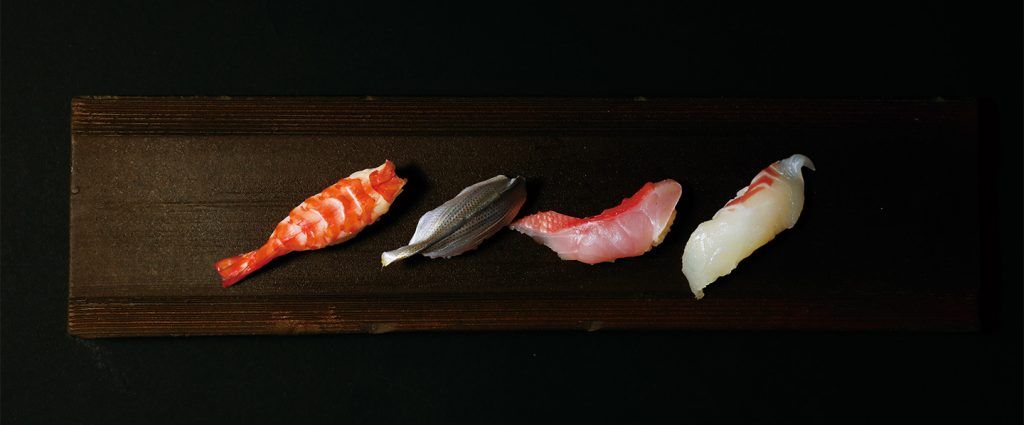
Should we eat sushi with our hands or with chopsticks?
You’ve probably seen that many Japanese people eat sushi with their hands. That’s because sushi has its roots in fast food. But it’s also perfectly fine to use chopsticks. Some people just prefer to use chopsticks — like that guy who prefers to eat his pizza with a knife and fork. There’s nothing wrong with it. A good sushi chef will pick up on your habits. If you eat with chopsticks, the chef will grip the rice a little harder to make it stay together better.
Don’t linger! Eat the sushi when it’s served
Sushi has its roots in fast food for another reason: It’s meant to be eaten when served. A piece of nigiri sushi is a delicate thing. Let it sit on the counter for a few minutes, and the rice hardens, the fish dries out, and the flavor and texture are lost. A good sushi chef puts that piece of sushi in front of you at the ultimate time for consumption. A sushi connoisseur won’t dilly-dally. Eat it as soon as it’s presented to you. And, if possible, eat the whole piece in one bite. A good sushi chef will make sure each piece is bite-sized.
But of course, a dinner out with friends or a loved one shouldn’t be a race. If you want to have a leisurely dinner, just let the chef know you’d like the sushi served at a slower pace.
How do I use soy sauce & wasabi?
A piece of sushi should be lightly dabbed in soy sauce from the fish side. Don’t dunk the rice in first. Also, avoid pulling off the fish, dipping it in soy sauce and replacing it on the rice. The piece of sushi has been constructed with care; don’t deconstruct it as soon as you receive it.
It can be tricky getting the soy sauce onto the fish without having the whole piece fall apart. If you eat sushi with your hands, slide a finger onto the fish to hold it in place. This is trickier to pull off with chopsticks, but possible if you practice a lot.
In the US, some restaurants will apply a brush of soy sauce to the sushi before they serve it. In that case, you don’t need to add anymore. Watch the chef or ask the server if you’re not sure.
Most sushi restaurants will serve the sushi with wasabi already applied between the fish and rice. You don’t need to add anymore. But if you’d like a little extra pizzazz, don’t add the wasabi to the soy sauce. This is a common mistake. Wasabi is water-soluble, so its flavor is ruined when added to a liquid. Instead, add a little dab of the hot stuff to the top of the fish.
Is there a proper order for eating sushi?
Yes. Here’s the connoisseur’s way: Pick a sushi restaurant and try their omakase course a few times. If you enjoy that fixed course, then you’re ready to graduate to choosing your own course, what is called in Japanese the okonomi course.
Start with shiromi, or light or white-fleshed fish (see the sidebar on page 8 for more details). That way, your palate will still be able to detect the delicate umami flavor of fish such as sea bass (suzuki), flounder (hirame) and amberjack (buri), for example.
Next, order the akami, or red-fleshed fish. These have deeper, stronger flavor profiles. Think tuna (maguro, chutoro, toro) and skipjack (katsuo). These are oilier than the shiromi. Tasting the difference is part of the joy of eating sushi. Ask the chef what’s in season. And this would be a good time to try the ubiquitous pink pickled ginger served with sushi. It cleanses your palate and sparks your appetite. Plus it makes for a nice change in consistency.
Next up is hikarimono, the silver-skinned fish such as horse mackerel (aji), mackerel (saba) and sardines (iwashi). Once you’ve tried a few of these, it’s time to consult your stomach. Still hungry? Then maybe it’s time for conger eel (anago) or the sweet scrambled egg known as tamagoyaki … or both. The connoisseur’s move would be to order the tamagoyaki without the rice.
Finally, it’s time for some rolls. Did you know that the popular handrolls, or temaki, were originally just meant for the restaurant employees so that they could eat quickly? They weren’t even served to guests. Instead, finish up by ordering a cut roll — something simple like a kappa-maki, which features cucumber and rice rolled in nori seaweed. Or how about kanpyo, dried shavings of the calabash gourd, an ingredient you’ll find in the common futo-maki roll? Kanpyo has been popular since the early days of sushi in Edo Era Japan and it makes a nice choice to bring your meal back to the beginning, when sushi was a fast food.
Next time you visit your favorite sushi shop, ask for a couple of appetizers and a half a dozen orders of sushi as outlined above, and the customers around you will know they’re in the presence of a bonafide sushi connoisseur.






